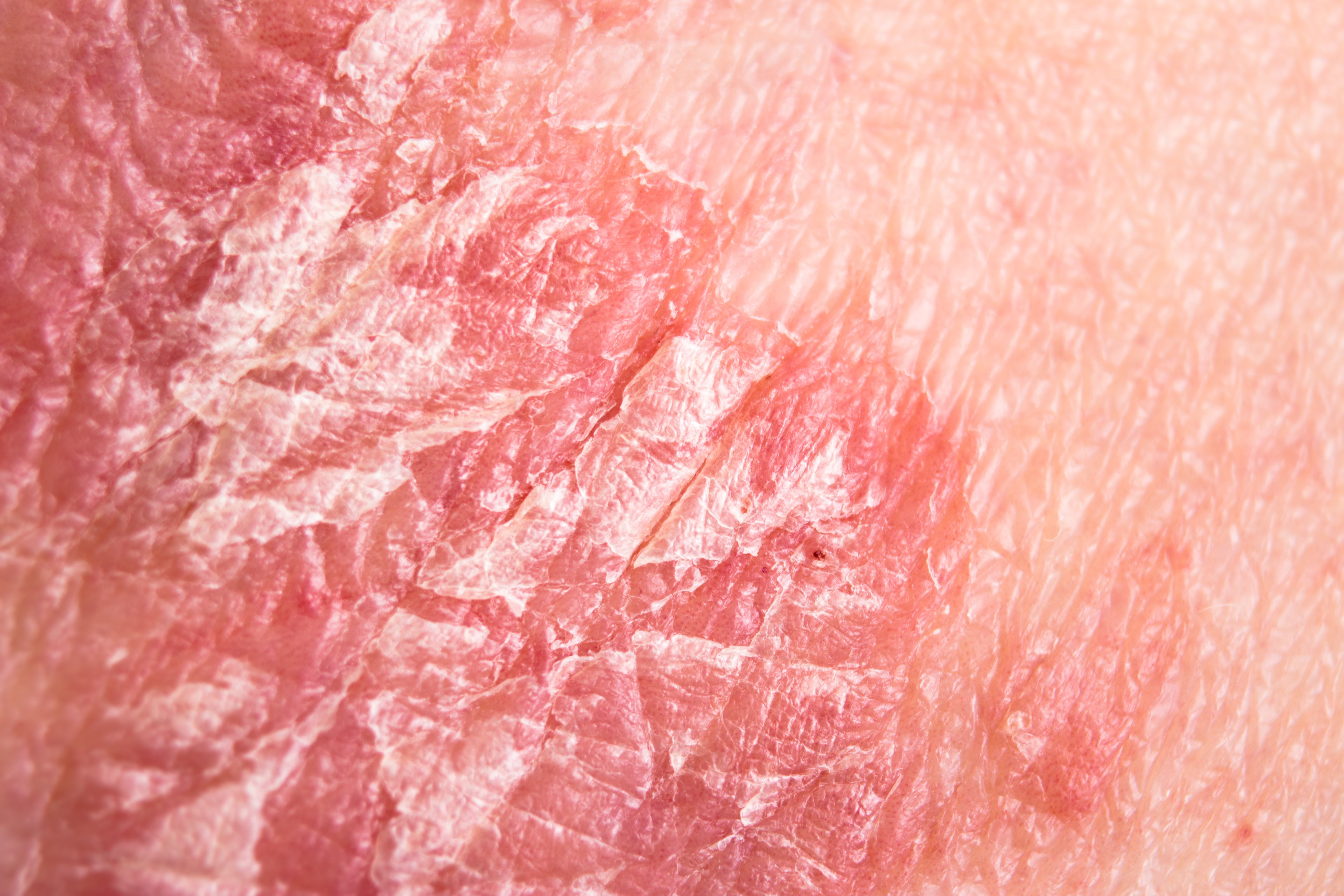
Both ciclosporin and methotrexate may be safe and effective at treating pediatric patients with severe atopic dermatitis, according to a comparative study published by Flohr et al in the British Journal of Dermatology. In the parallel-group, assessor-blinded TREAT trial, researchers randomly assigned 103 patients aged 2 to 16 years who had severe atopic dermatitis and did not respond to potent topical treatments to receive either 4 mg/kg of oral ciclosporin per day (n = 52) or 0.4 mg/kg of methotrexate per week (n = 51) for 36 weeks. The primary outcomes of the trial were change in Objective Severity Scoring of Atopic Dermatitis (o-SCORAD) from baseline to 12 weeks, and time to first significant flare after treatment cessation. After 12 weeks of follow-up, patients who received ciclosporin demonstrated greater improvements in their disease severity, with a mean difference in o-SCORAD of –5.69 (97.5% confidence interval [CI] = –10.81 to –0.57). Further, a greater proportion of the patients in the ciclosporin group achieved o-SCORAD–50 compared with those in the methotrexate group after 12 weeks (odds ratio [OR] = 2.60, 95% CI = 1.23–5.49). However, after 60 weeks of follow-up, methotrexate was found to be superior to ciclosporin (OR = 0.33, 95% CI = 0.13–0.85). Patients who received ciclosporin also reported more posttreatment flares compared with those who received methotrexate (OR = 3.22, 95% CI = 0.42–6.01). Quality-of-life improvements and adverse event frequency were comparable in both groups. The researchers concluded that although ciclosporin demonstrated a more rapid response and methotrexate demonstrated a more sustained response, both treatments proved effective in pediatric patients with severe atopic dermatitis.